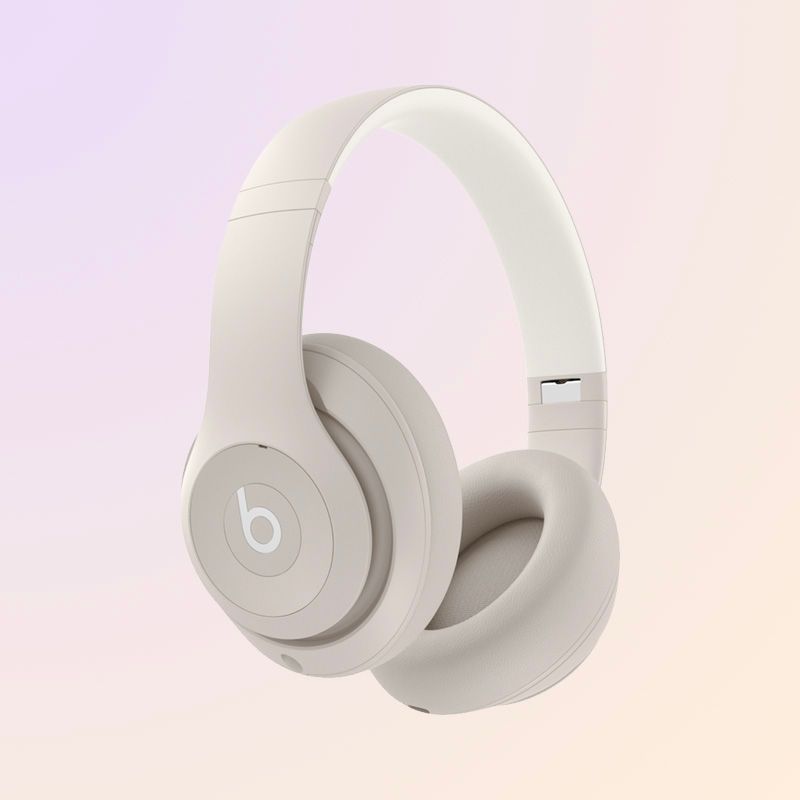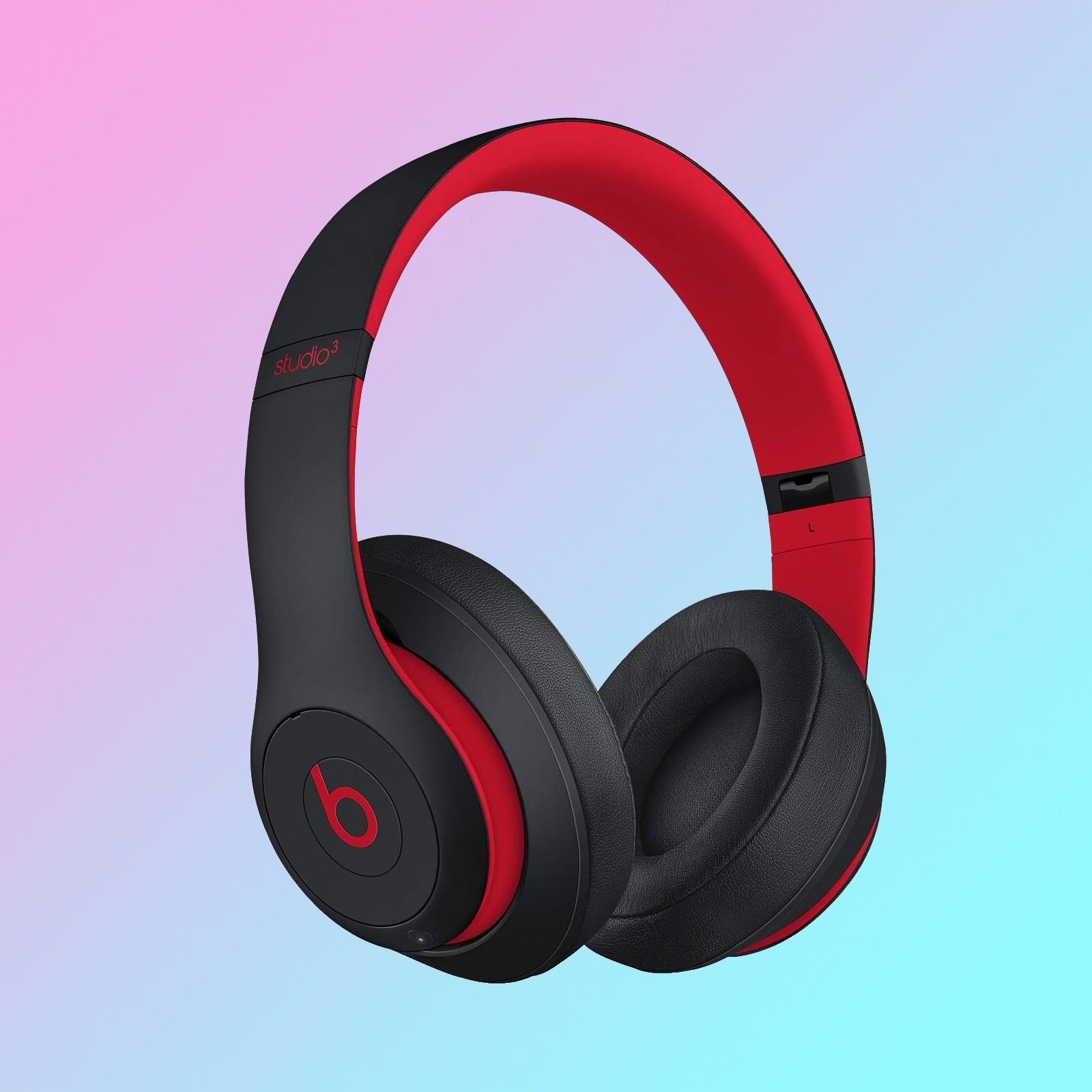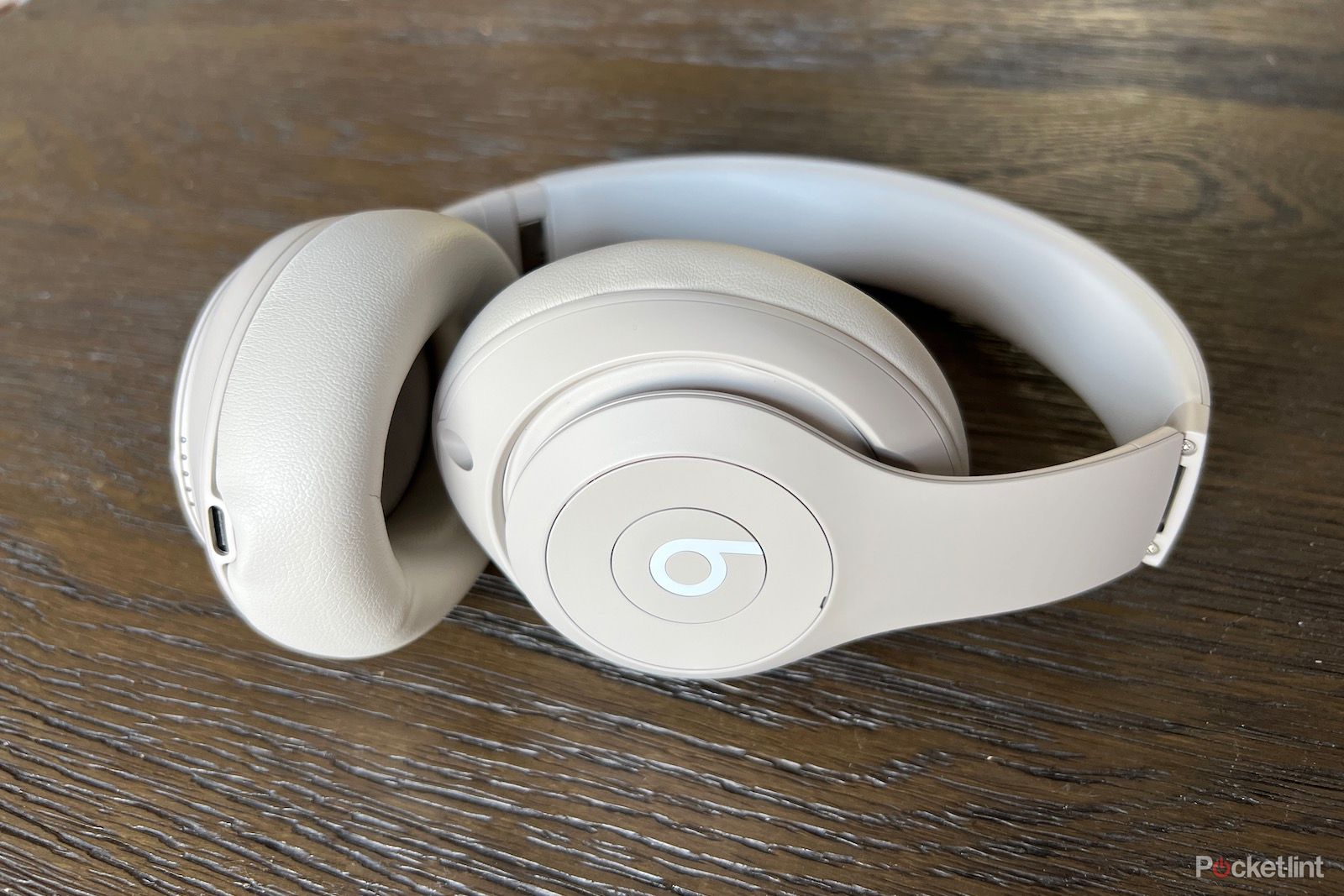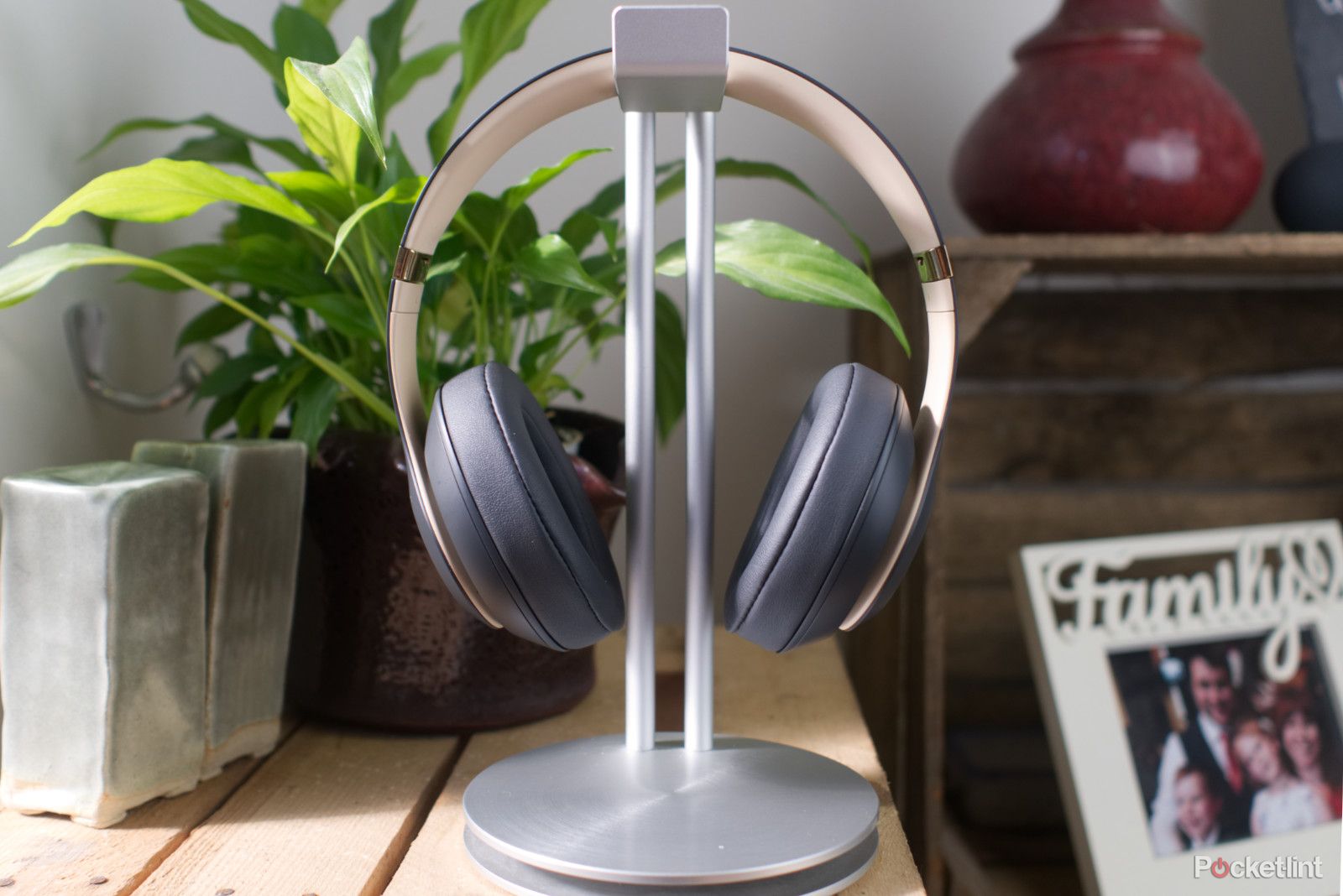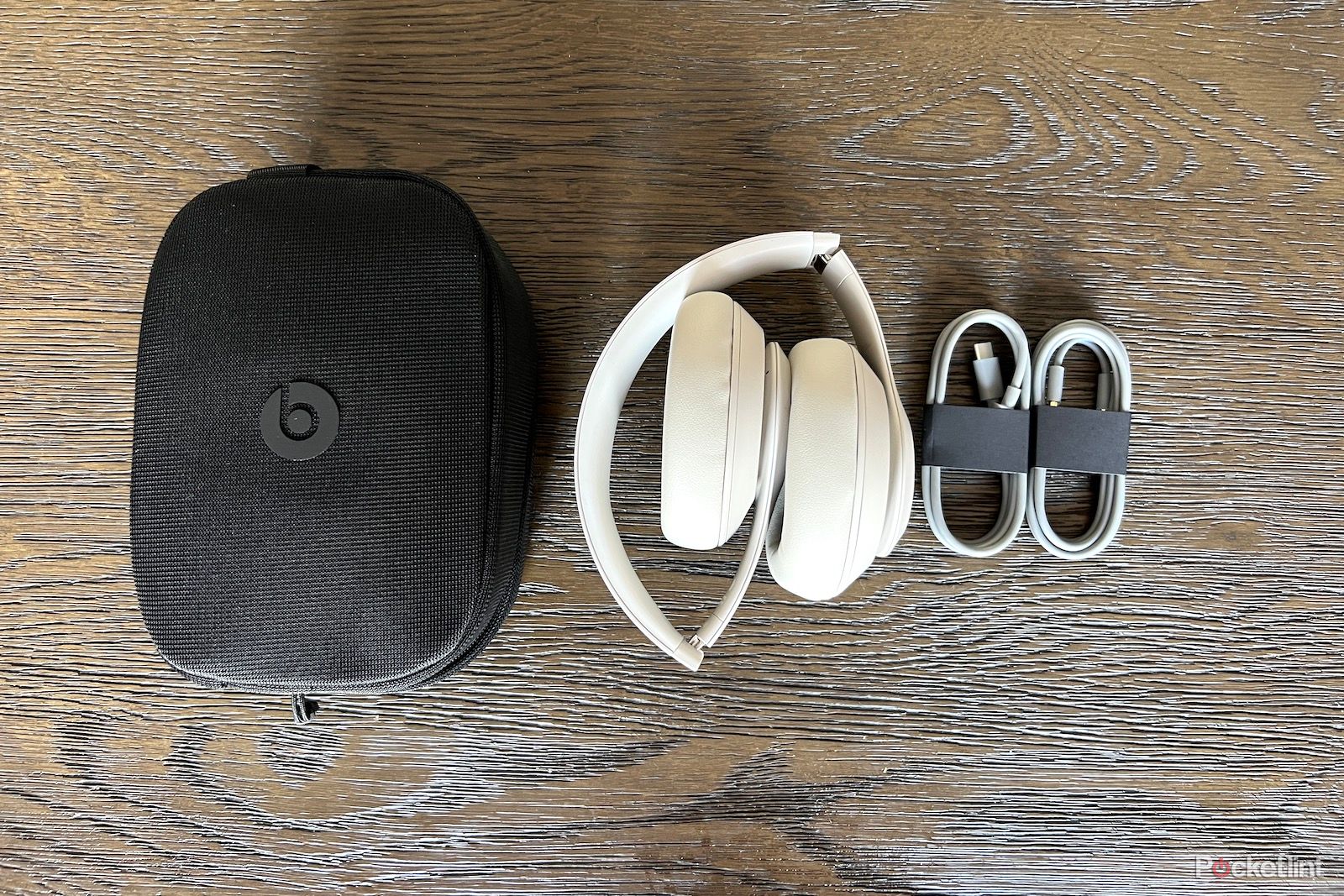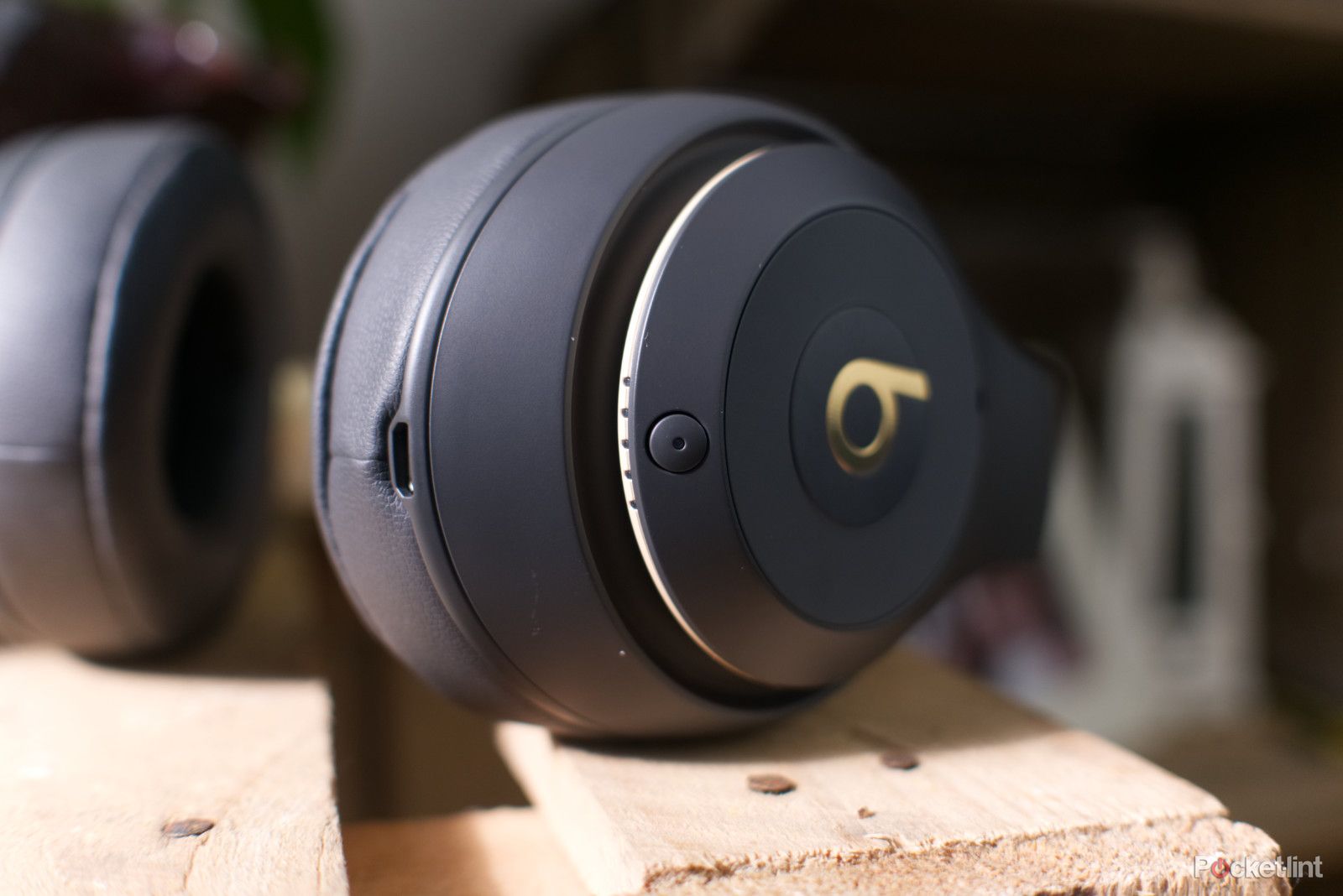-
Beats Studio Pro
The Beats to buy
$300 $350 Save $50The Studio Pro succeed the popular Studio Wireless 3, bringing a number of improvements, including USB-C Audio and Spatial Audio with Dynamic Head Tracking, as well as a refined design and up to 40 hours battery life.
-
Beats Studio 3 Wireless
Looking outdated
$253 $350 Save $97The Beats Studio 3 Wireless were great flagship headphones in their day, but six years on they are due a refresh. They still offer up to 40 hours of battery life but lack things like a transparency mode, as well as more advanced microphones for top-notch ANC.
Six years after the Beats Studio 3 Wireless launched, Beats has finally introduced a successor - the Beats Studio Pro. They bring with them a number of internal improvements, including improved audio and noise cancellation, USB-C lossless audio over a wired connection and even a smidge more battery life.
The Beats Studio 3 Wireless will be available while stocks last, and I'd imagine at a significant discount. But just how much has changed here, and has it been worth the wait? Here's how they compare head to head - you can also check out how they stand up to their Apple family stablemates, in our Beats Studio Pro vs Apple AirPods Max feature.
Price, availability and specs
The Beats Studio Pro were announced on 19 July and will be available on 10 August with a price tag of $349.99/£349.99. You'll be able to pick them up in a choice of four colour options, comprising Black, Deep Brown, Navy, Sandstone.
The Beats Studio Wireless 3 were announced in September 2017, and have held their price - they're still available on the Apple website for $349.95/£349.95, though you will find them for cheaper with other online retailers. With more time on their side, there have been a few more colours launched, so you have a choice of Matt Black, Red, Blue, White, Midnight Black, Shadow Grey, and Black & Red. Beats has said they won't be discontinued immediately, but I expect the plan will be to sell off remaining stocks before removing them from the line up.
Beats Studio Pro Beats Studio 3 Wireless Brand Beats Beats Battery Life Up to 40 hours 22 hours (ANC on), 40 hours (ANC off) Bluetooth Bluetooth 5.3 Bluetooth 4.0 Noise Cancellation ANC, Transparency modes ANC only Microphones Six with ANC on, three with ANC off Two Colors Black, Navy, Sandstone, Deep Brown Matt Black, Midnight Black, Shadow Grey, Red, Black & Red White, Blue, B Compatbility iOS and Android iOS and Android
Design
From a design perspective, not very much has changed at all - and that's for good reason. Beats sees the main Studio over-ears design as iconic, and it wants to preserve that, while improving the overall performance and user experience. Depending on how you feel about it, you may have hoped for a little bit of an update here, but Beats likes what it sees and it's sticking with it.
That means you have the same plastic frame for the headband and earcups, with vegan leather memory foam earpads and a collapsible design for easy travelling. The Beats logo adorns each earcup with the signature circle design encompassing it - a singular button control is hidden under the 'b' on the left cup, while a multi-function button sits just beneath it on the right. Five LEDs also appear underneath this button, for an at-a-glance idea of how much battery you have remaining.
In the Beats Studio Pro, these LEDs will also light up to display which EQ profile you have selected when in wired mode (more on that shortly), plus they'll flash when in pairing mode on both headphones.
The earcup material has been reconfigured and improved in the Beats Studio Pro, but we liked it in the Studio 3 Wireless too, finding them comfortable enough to wear for several hours. We are yet to test the Studio Pro in full, but we aren't expecting anything different from them - they feel very nice indeed.
The colour palette has taken a decidedly more neutral approach in the Beats Studio Pro, and I personally like it very much - the Sandstone is a beautifully muted greige. However, if you prefer the brighter and bolder colours that made Beats stand out once upon a time, you'll want to look to the Studio 3 Wireless instead. That said, I expect we may well see new colourways of the Studio Pro line in time.
Features
The Beats Studio Pro offer a fair few more features than the Beats Studio 3 Wireless do, bringing them bang up to date with the competition on the market.
Firstly, there is improved noise cancellation with a new transparency mode. Incredibly, back in 2017, transparency wasn't as popular as it is now, so the Beats Studio 3 Wireless don't offer it at all - and while we haven't tested them head-to-head just yet, the regular ANC on board the Studio 3 Wireless is very likely to pale in comparison to what's on offer from the Studio Pro, due to an older, poorer microphone set up.
Now with six microphones on board in total, the ANC should be much more intelligent, for better adapting to noisy situations as they arise, with the inclusion of playback correction to iron out any artifacts introduced by the noise-cancelling process.
The Beats Studio 3 Wireless do offer adaptive noise cancellation too through its Pure ANC engine, and at the time, we deemed it to be a good performance - however, I suspect things have moved on considerably and that the Studio Pro will be the better headphones of the two when it comes to ANC.
Another new feature in the Beats Studio Pro is the support for Spatial Audio with Dynamic Head Tracking, when paired with an iOS device. Any headphones can playback Dolby Atmos tracks as it doesn't need any special hardware - so that means the Studio 3 Wireless are able to do this too - however, the Dynamic Head Tracking is a feature that need the right sensors on board to make it work.
The Beats Studio Pro have just that, whereas the Beats Studio 3 Wireless do not. By using a built-in inertial measurement unit that consists of a gyroscope and accelerometer to understand where your head is positioned in relation to your iPhone or iPad, the Studio Pro can adjust the positioning of sounds in real-time based on which way your head is facing. The aim is to deliver a more authentically immersive experience with whatever you're watching.
To further improve this experience, the Beats Studio Pro can carry out a scan of your ears to create a personalised spatial audio profile, optimising the experience by better understanding the shape of your ear anatomy. The Beats Studio 3 Wireless don't offer this.
Perhaps one of the most significant advancement here, is the Beats ability to bring Android headphones under their wing with more native experiences. With the W1 chip on board, the Beats Studio 3 Wireless felt more like a pair of headphones aimed at Apple users, whereas the second-genetation Beats Proprietary Platform in the Beats Studio Pro is aims to deliver a very similar experience to all.
That means it brings native experiences like Apple's One-Touch Pairing and Google's Fast Pair, for easy pairing out of the box, and both Find My and Find My Device, should you ever misplace them.
There are still a few more features that slightly tip these headphones in Apple's favour, including automatic over-the-air updates (Android users will need to download an app) and intergrated Siri capabilities, but these headphones still feel like they can appeal to all with their main functionality.
Performance
I haven't had chance to compare how these two headphones sound just yet, but I can only imagine that the performance gains in six years are going to be big. Beats itself has even described the sound quality as "significantly improved" compared with its predecessors.
Chief in that will be the introduction a new 40mm custom driver that's promising a balanced sound profile, and a focus on clarity, with 80 per cent less distortion, even at volume. In our review of the Beats Studio 3 Wireless, we noted that there was a definite lean towards the lower register, and although not overwhelming, a bass bias was still certainly there. It seems like Beats is hoping to finally shake this reputation with the Beats Studio Pro, so I'll be sure to update this with my thoughts, once I've completed my full review.
Of course, these headphones have a focus on wireless connectivity - so much so that it was in the name for the Beats Studio 3 Wireless. However, for the first time in the Beats Studio Pro, Beats is introducing USB-C support with both uplink and downlink connectivity.
Thanks to their built in digital-to-analogue converter (or DAC), that means they can play back lossless audio at up to 24-bit/48kHz when wired, though Apple users will of course - and annoyingly - need an adapter. Only when wired will you be able to access a choice of three EQ-optimised sound profiles, which you can be cycle through using the multi-function button.
The Beats Studio 3 Wireless didn't offer this functionality, but did include a 3.5mm cable in the box for hardwiring to compatible equipment. This is also included in the box with the Beats Studio Pro, but you'll need to use the USB-C to USB-C cable to enjoy lossless playback.
Of course, headphones are not just for music these days, and they need to be able to handle calls well too. This felt like something of an afterthought in headphones from a few years ago and indeed, but with the improved microphone set up here, we expect things to be much improved. In fact, Beats is promising a 27 per cent improvement in call clarity by comparison, which makes it a great addition.
Battery life
Battery life has been slightly improved in the Studio Pro, offering 24 hours with ANC on and 40 hours with ANC off, compared with 22 hours with ANC on in the Beats Studio 3 Wireless, and 40 hours with ANC off. We did think this figure could be conservative in our review, but on paper - that's how they stand.
The Fast Fuel fast-charging technology does give a little more this time round if you find yourself caught short too - you'll get four hours of playback with ANC off after 10 minutes on charge with the Beats Studio Pro, compared with three hours on the Beats Studio 3 Wireless.
As you'd expect, the Beats Studio Pro charge via USB-C, while the older Beats Studio 3 Wireless charge using MicroUSB. This means charge times should be quicker - sadly I don't have the stats for the older headphones, but the Beats Studio Pro take around two hours to charge to full, from empty.
Conclusion
While the Beats Studio 3 Wireless were superb headphones in their day, the industry has moved on significantly in six years. The inclusions in the Beats Studio Pro show that, and are, without a doubt, the headphones to buy of the two, when looking at it from a performance perspective.
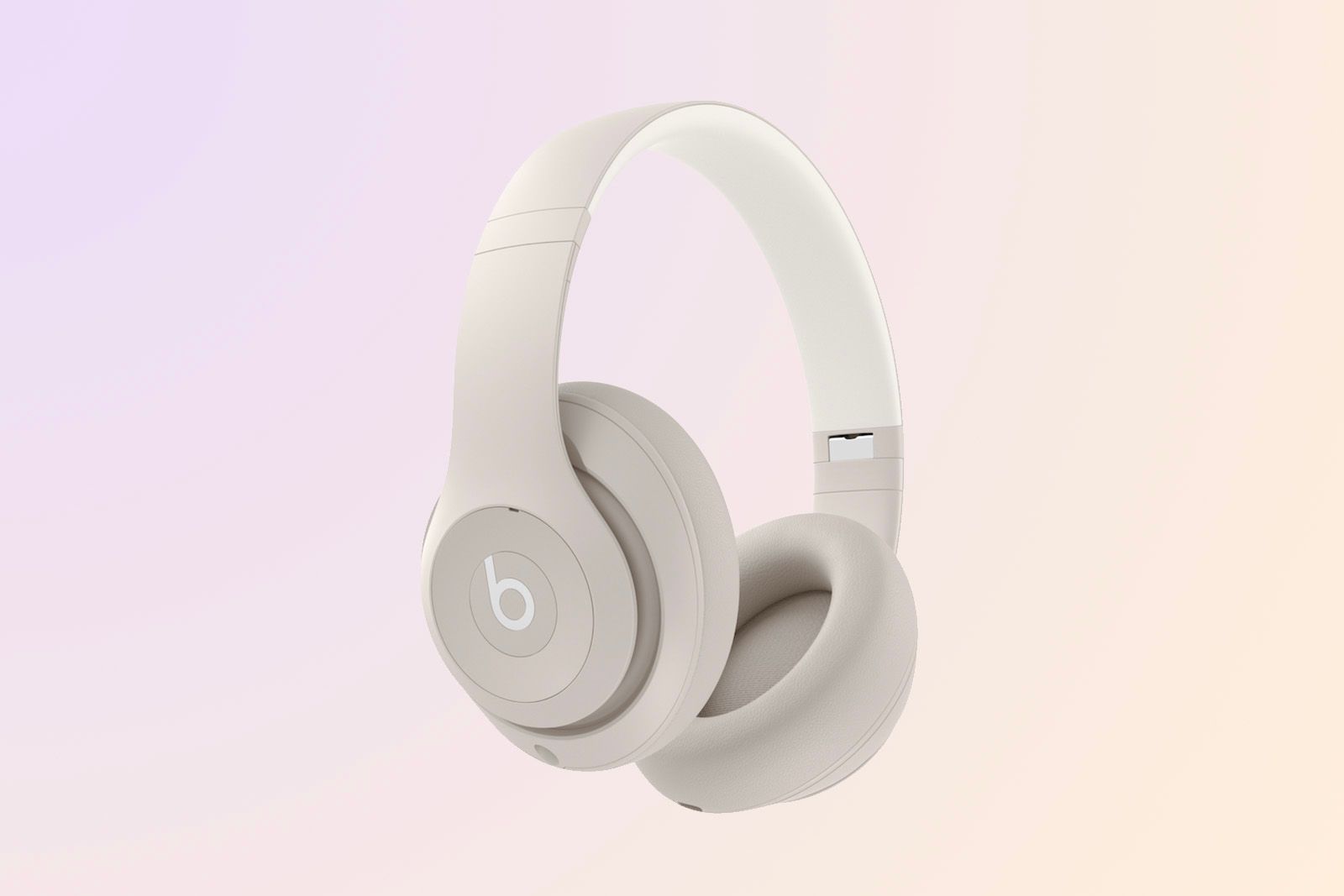
Beats Studio Pro
The Studio Pro succeed the popular Studio Wireless 3, bringing a number of improvements, including USB-C Audio and Spatial Audio with Dynamic Head Tracking, as well as a refined design and up to 40 hours battery life.
However, the Beats Studio 3 Wireless are going to remain on sale while existing stocks sell down, so you can expect to see them at a significant discount. Considering the battery life is still decent, depending on just how big that price cut is, could make them a worthwhile buy. Just be aware that the performance in both sound quality and noise cancellation won't compare, and you'll miss out on some features you might expect in 2023, like transparency mode.

